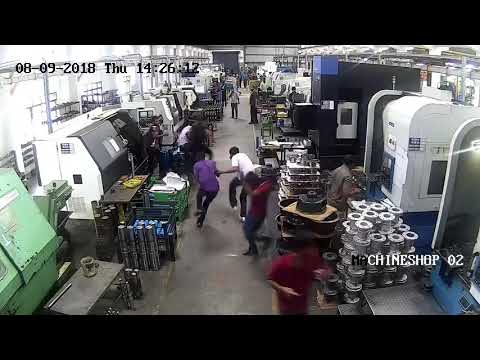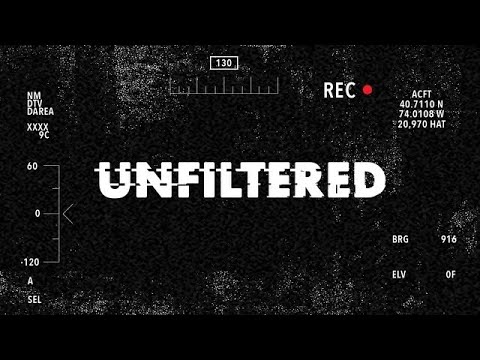If you’re curious about how sachet water is made and the operations of a bagging machine, then you’re in the right place. In this YouTube video, we will take you through the entire process of manufacturing water using a sachet water machine. So, sit back, relax, and let’s dive into the fascinating world of bagging machine operations.
Bagging Machine Operations: A Step-by-Step Guide to Manufacturing Water
Introduction:
Before we delve into the intricate details of bagging machine operations, let’s first understand what sachet water is and why it has become so popular. Sachet water, also known as “pure water,” is a small plastic bag filled with purified drinking water. It is widely consumed in many countries, especially in areas where access to clean drinking water is limited.
Step 1: Water Treatment
The process of manufacturing sachet water starts with water treatment. The water used is typically sourced from a clean and reliable water supply. It goes through a series of treatments, including filtration, disinfection, and purification, to ensure it meets the required quality standards for drinking water.
Step 2: Bag Making
Once the water is treated and ready for packaging, the next step is to produce the bags that will hold the water. Bag making machines are used to create the plastic bags in which the water will be sealed. These machines are highly efficient and can produce bags of various sizes and shapes.
Step 3: Filling and Sealing
After the bags are made, the next step is to fill them with the purified water. This is where the bagging machine comes into play. The bagging machine is equipped with a filling system that accurately dispenses the desired amount of water into each bag. Once filled, the bags are sealed to prevent any leakage or contamination.
Step 4: Cutting and Shaping
Once the bags are filled and sealed, they move on to the cutting and shaping stage. The bagging machine cuts the bags into individual sachets and shapes them into the familiar rectangular form. This process ensures that each sachet is uniform in size and easy to handle.
Step 5: Packaging and Labeling
After the sachets are cut and shaped, they are ready for packaging and labeling. The bagging machine can automatically pack the sachets into larger bags or cartons for easier transportation and storage. Additionally, labels with relevant information such as the production date, expiry date, and batch number are applied to each sachet.
Step 6: Quality Control
Throughout the entire process, strict quality control measures are in place to ensure that the sachet water meets the highest standards of hygiene and safety. This includes regular testing of the water, inspections of the bags and seals, and adherence to regulatory requirements.
Conclusion:
And there you have it – a comprehensive guide to the operations of a bagging machine in the manufacturing of sachet water. It’s incredible to see how this simple yet effective machine can efficiently produce thousands of sachets of clean drinking water in a short amount of time.
If you’re interested in exploring bagging machine operations further or need a professional solution for your packaging needs, look no further. Check out the leading manufacturers in the industry who specialize in coil packing solutions. They have the expertise and experience to provide you with the best packaging solutions tailored to your specific requirements.
Remember, clean drinking water is a basic necessity, and the bagging machine plays a crucial role in ensuring that safe and affordable drinking water is accessible to everyone. So, the next time you grab a sachet of water, take a moment to appreciate the intricate process behind its production. bagging machine
“Unveiling the Process of Sachet Water Production and Bagging Machine Operations: A Step-by-Step Guide”



